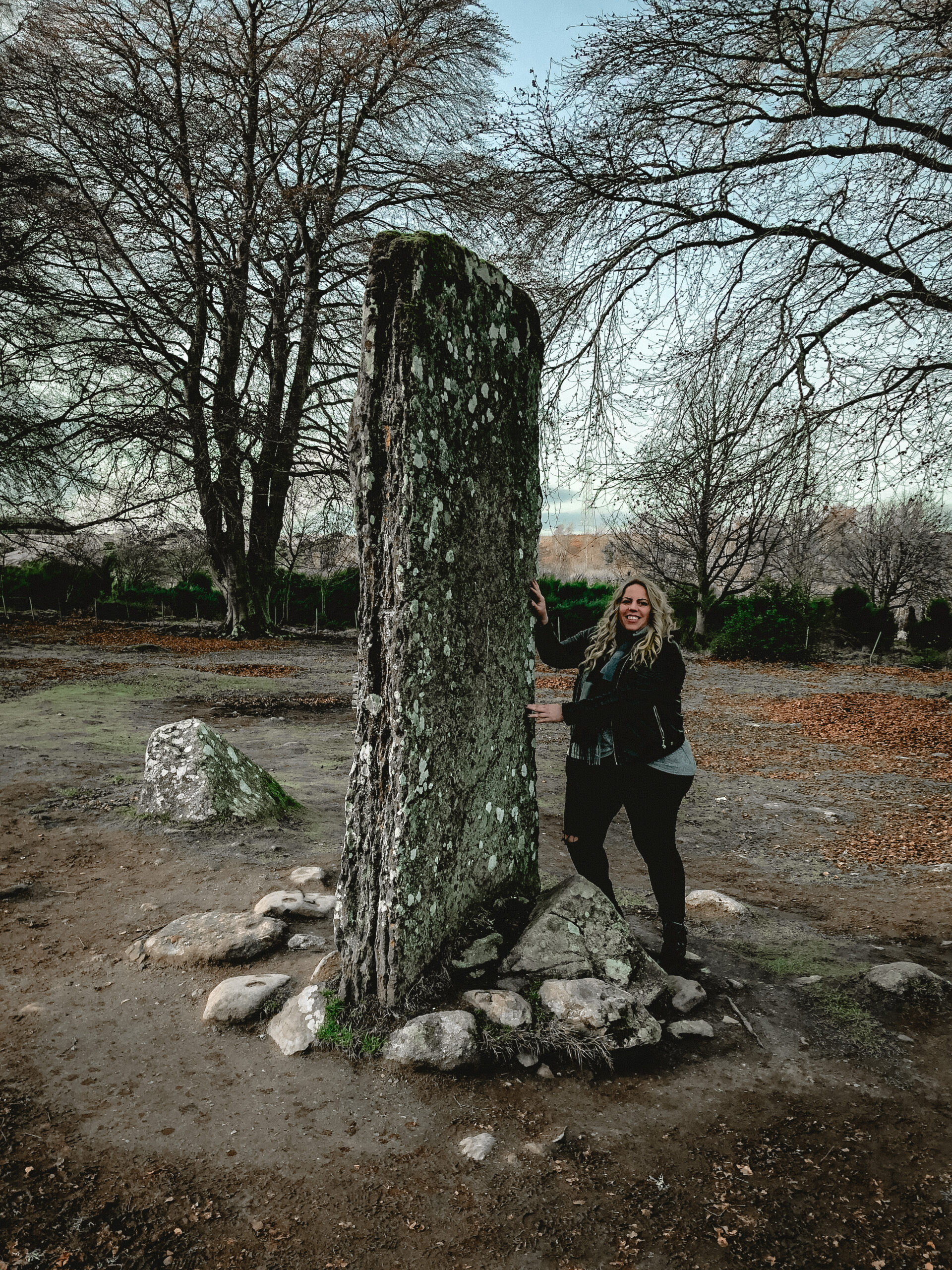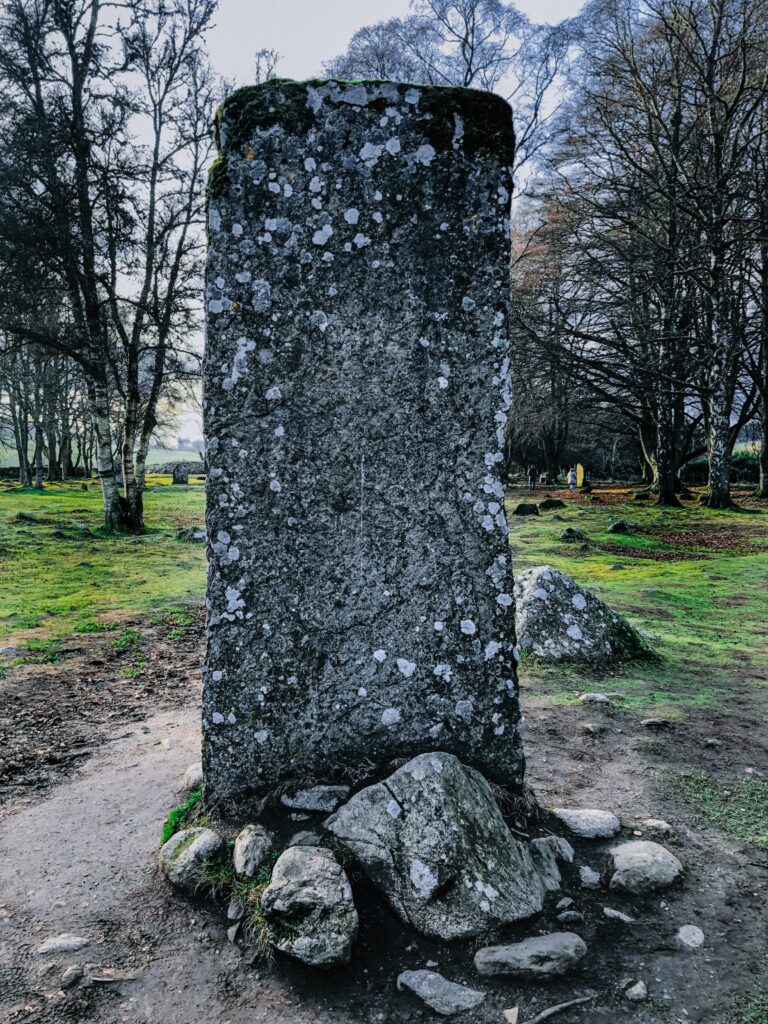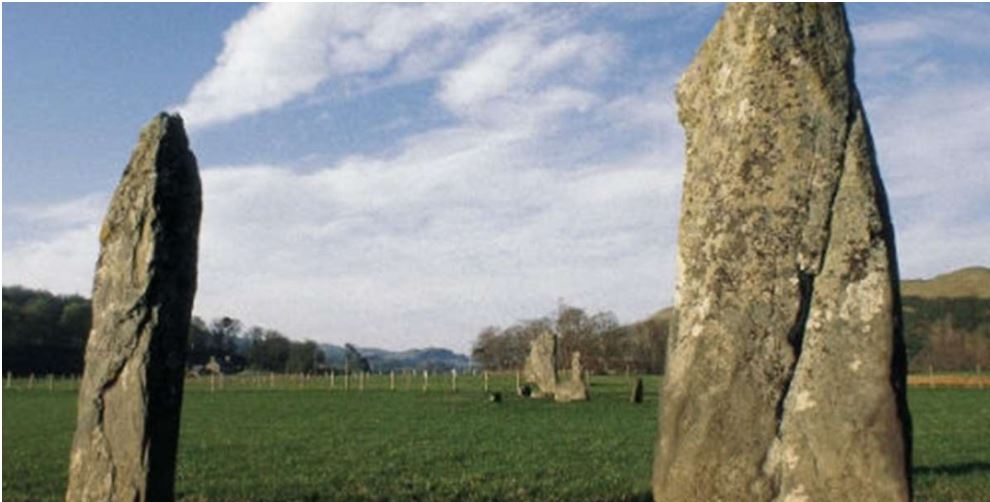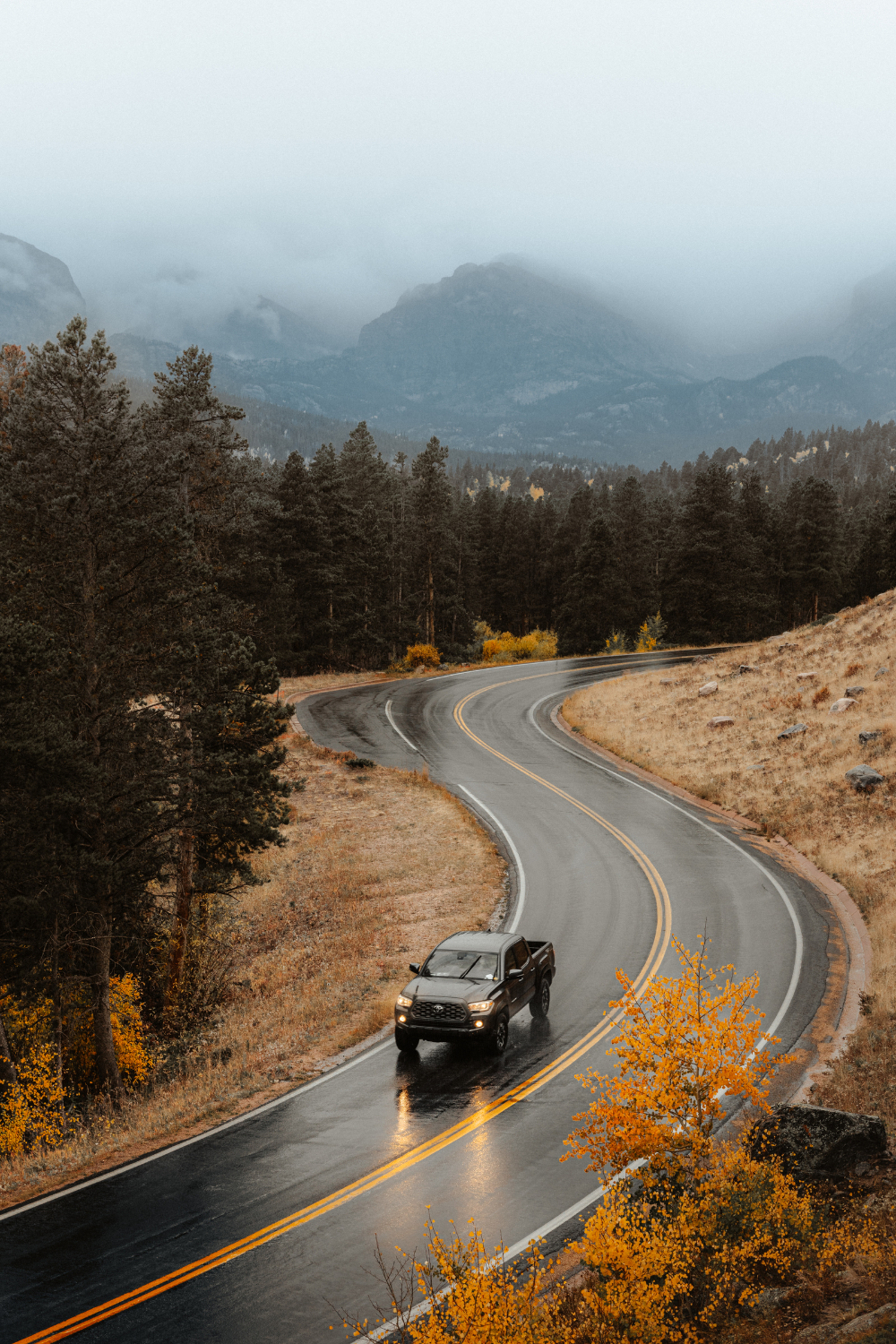What are Standing Stones?
Standing stones were erected over 10,000 years ago by the first settlers in Scotland. The meaning behind the standing stones has always puzzled historians and archaeologists and will always remain a mystery. Historians believe that many of these standing stone sites were used for religious or ceremonial purposes (Visit Scotland). This post features five of the most spectacular standing stones in Scotland.
Standing Stones in Scotland
Callanish Stones – Isle of Lewis
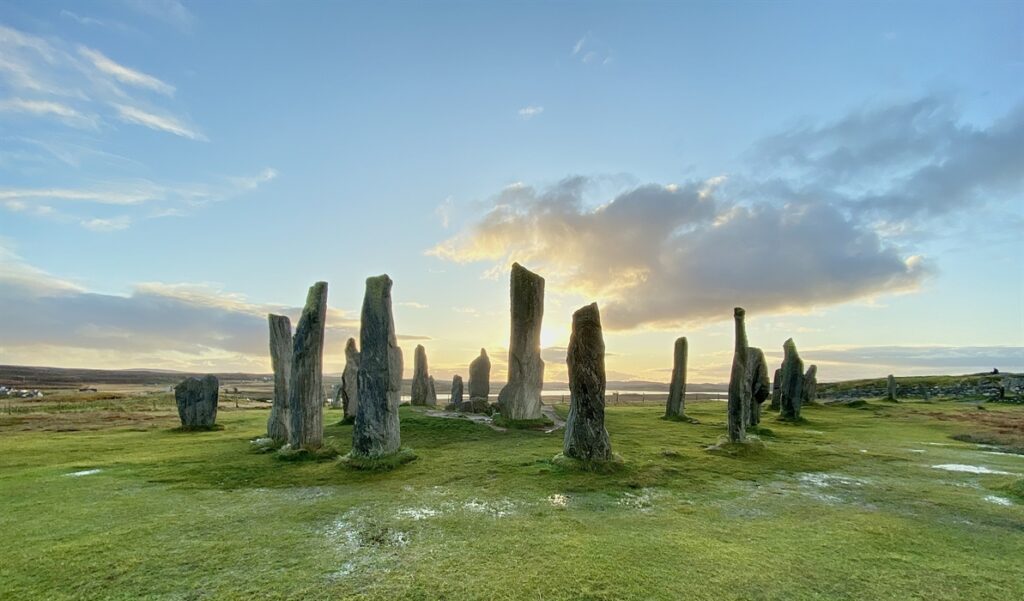
This visitor centre beside the world-famous Calanais Standing Stones is home to an exhibition, café and gift shop.
Located in the west coast of Lewis, the 5,000 year old Callanish Stones are famous all over the world.
https://www.visitscotland.com/info/see-do/calanais-visitor-centre-p253191
The Calanais Visitor Centre contains an interactive Story of the Stones exhibition. This fascinating walk-through display has graphic panels, models and an audio-visual display with a seating area.
Ring of Brodgar – Orkney Island
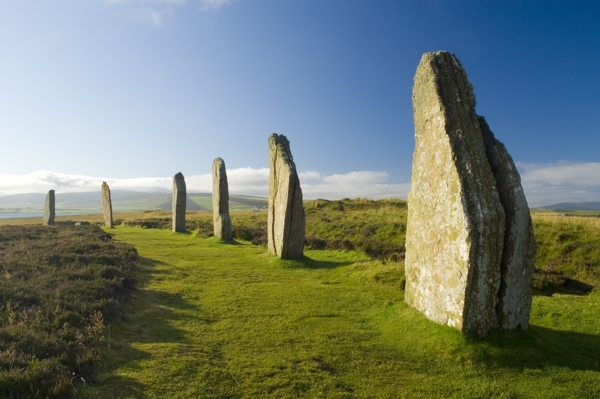
One of the finest stone circles in the world.
THE STONE RING Dates back from 2,500 to 2,000, and was built in a true circle, 104 metres wide and originally contained sixty megaliths; today only twenty-seven of these stones remain.
https://www.visitscotland.com/info/see-do/ring-of-brodgar-p669061
The Ring of Brodgar along with Stones of Stenness, Maeshowe and Skara Brae make up the Heart of Neolithic Orkney, awarded UNESCO World Heritage status in 1999. An iconic part of Orkney’s identity, they are well worth a visit. Free walks around the site are provided by Historic Scotland rangers. The circle looks its most majestic and mystical at sunrise or sunset.
Clava Cairns – near Inverness and the Culloden Battlefield
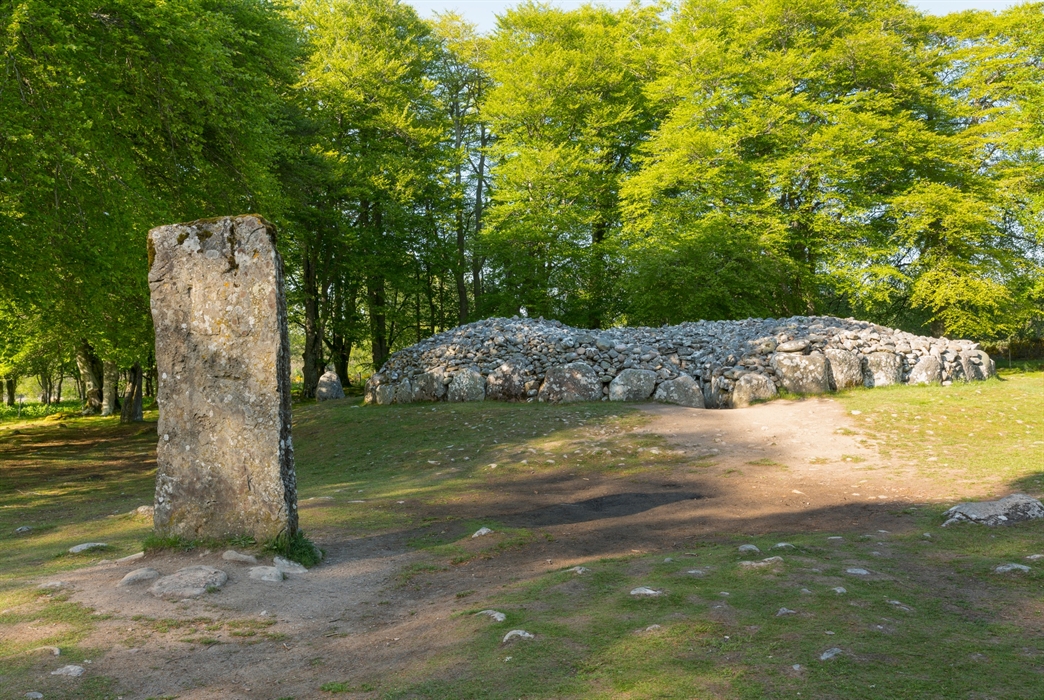
Clava Cairns are a well-preserved Bronze Age cemetery complex of passage graves; ring cairns, kerb cairns and standing stones in a beautiful setting.
Clava Cairns are a group of three Bronze Age cairns located near Inverness. It is a hugely significant and exceptionally well preserved prehistoric site. Clava Cairns is a fantastic example of the distant history of Highland Scotland, dating back about 4,000 years.
https://www.visitscotland.com/info/see-do/clava-cairns-p245611
STENNESS CIRCLE AND HENGE – Orkney
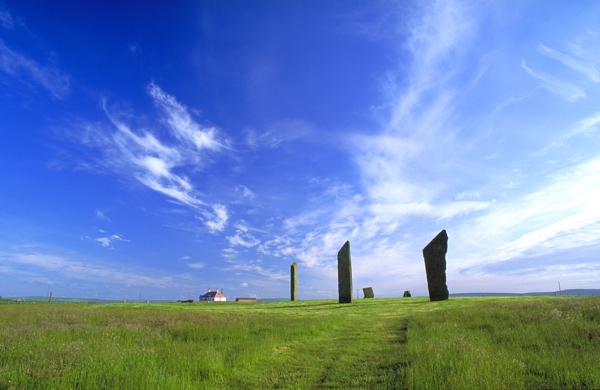
Originally consisting of twelve stones, the Standing Stones of Stenness, is one of the most famous sites in Orkney.
The Standing Stones of Stenness make up a small circle dating from the third millennium B.C.
https://www.visitscotland.com/info/see-do/stones-of-stenness-circle-and-henge-p669071
KILMARTIN GLEN – located between Oban and Lochgilphead
Kilmartin Glen had one of the most significant concentrations of Neolithic and Bronze Age remains in Scotland.
There are more than 350 ancient monuments within a six-mile radius of the village. In addition, 150 of them are prehistoric. Monuments include standing stones, a henge monument, numerous cists, and a ‘linear cemetery’ comprising five burial cairns. The fortress remains of the Scots at Dunadd are located south of the glen, on the edge of Moine Mhòr.
When you’re done touring all of the standing stones, be sure to head back to Edinburgh for a meal at one of the top restaurants featured here.
